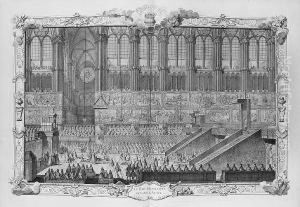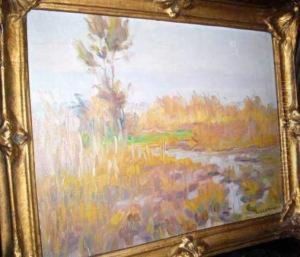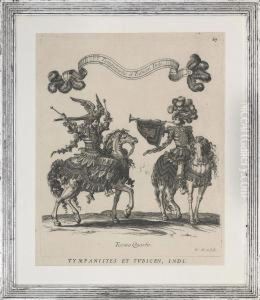Louis Xiv Paintings
Louis XIV, also known as Louis the Great or the Sun King, was not an artist in the traditional sense of a painter or sculptor, but rather a monarch who had an enormous impact on the arts in France during his reign. Born on September 5, 1638, in Saint-Germain-en-Laye, France, Louis XIV became king at a very young age after the death of his father, King Louis XIII, in 1643. His mother, Anne of Austria, served as regent until he came of age. Although his rule began in tumultuous times, marked by the civil wars known as the Fronde, Louis XIV managed to consolidate power and establish a strong absolute monarchy.
Louis XIV's reign is most noted for the cultural development and patronage of the arts that occurred in France during this period. His desire to glorify his reign and promote the power of France led him to commission numerous works of art, architecture, and performances. He supported many artists, including the playwright Molière, the composer Jean-Baptiste Lully, and the painter Charles Le Brun. The Palace of Versailles, expanded during his reign, stands as a testament to his love for grandeur and as a symbol of royal absolutism and classical French art and architecture.
Versailles also became the center of France's political power under Louis XIV, as he required many of the French nobility to live at the court, away from their own regional power bases. This allowed him to maintain control over the nobility and to establish a centralized state. The King's patronage extended to the creation of academies, such as the Académie Royale de Peinture et de Sculpture and the Académie des Sciences, which helped standardize artistic practice and promote scientific research in France.
Louis XIV's reign is also associated with the apex of the French Classical style, which was characterized by its emphasis on order, symmetry, and proportion. This style was not only evident in architecture and visual arts but also in the gardens of Versailles, designed by André Le Nôtre, which exemplify the French formal garden style, characterized by its geometric patterns and elaborate fountains.
Louis XIV's vast cultural contributions significantly shaped French art and culture, setting standards that would influence Europe for generations. His legacy includes not only the magnificent Palace of Versailles but also the cultural institutions and traditions that continued to develop French art long after his death on September 1, 1715, at the age of 76.


